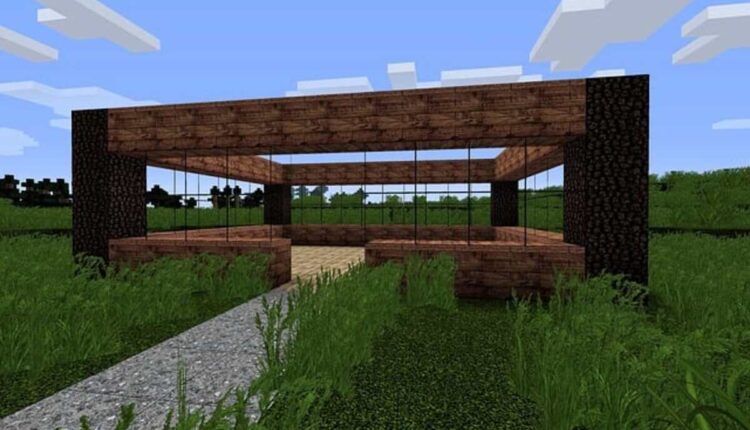PCB Acronyms:
CPU Socket Type: The type of processor socket you have selected. There is a specific shape of the socket that will accommodate a given CPU on a motherboard. You must select the appropriate socket type to ensure that your processor works with your motherboard. For instance, an AM3+ socket AMD processor requires an AM3+ socket motherboard.
Chipsets: These are specialized pieces of hardware that regulate data flow to and from a computer’s processor. The terms northbridge and southbridge are commonly used here. High-end components like main memory and graphics controllers will be connected to the Processor via the northbridge, while lower-speed peripheral buses will be linked via the southbridge. The takeaway is that you should learn what a certain Chipset is and how it relates to a particular motherboard. You can do this by selecting a suitable motherboard and then conducting a quick online search using the chipset’s name to learn more about its features. (Do not spend too much time worrying about the chipsets; instead, choose a motherboard based on what it offers, as described by any respectable hardware merchant; nonetheless, it is a good idea to learn more about the specifications of the motherboard if you’re interested in doing so.)
What kind and how much RAM your motherboard can use? You should install memory in pairs, such as two 2GB sticks of memory, on a motherboard that supports dual-channel memory. This means that the motherboard has a maximum of 16GB of memory and supports DDR3 memory with a specific number of pins.
The number of expansion slots included with a modern motherboard might vary widely. Typical examples include slots for PCI Express x16, PCI Express x1, and PCI. The motherboard you choose for your gaming computer should consider all the extras you plan to throw at it now and in the future. This includes things like a video card, sound card, USB, Ethernet, Firewire, and so forth (most modern graphics cards use PCI Express 2.0 x16). Given that we intend to construct gaming PCs, it is recommended that spare slots for graphics cards be kept available at all times.
What kinds of storage devices can be used with this motherboard? The storage device connections that attach hard drives and optical disks to a desktop motherboard typically include SATA (serial ATA) and PATA (parallel ATA). Before shopping for a hard drive and an optical drive, you’ll need to know what kinds of drives and how many of each the motherboard can accommodate. If you’re buying one of something, like a hard disk or an optical drive, you probably don’t need to worry about this too much. Current motherboards typically provide multiple SATA ports because of the widespread adoption of SATA hard drives and optical media.
Today’s motherboards typically include high-quality onboard audio, eliminating the need for a separate sound card. If you are concerned about the sound quality of your motherboard, you may learn more about it by reading up on the motherboard’s audio chipset.
Most motherboards have Ethernet (onboard LAN) ports built-in for wired internet access, but some may not; if this concerns you, you may want to purchase a wireless adaptor to plug into your motherboard.
The ports on the back panel are the ones that come standard with your motherboard and include things like USB, audio, PS/2, optical, and so on. You may do whatever you like here; stock up on enough of what you need to hook up your peripherals (mice, keyboards, audio, etc.) to the motherboard.
External USB ports, FireWire, and other external input/output devices can be connected to your motherboard via the internal I/O connectors.
Corey
A Newbie’s Guide to Building a Computer
For more information about Gaming PC Builds, Hardware, and PC Games, check out Gaming PC Builds of the Month.
Read also: A Comprehensive Guide To The Health Screener

